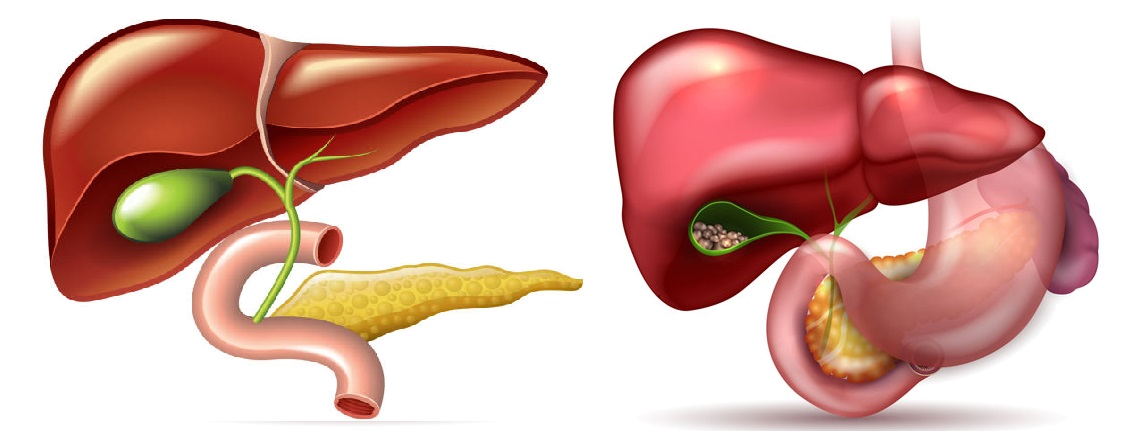Advanced Laparoscopic Gallstone Treatment
Gallstone
What are Gallstones?
How does it form?


Types Of Gallstone
Casuses
-
Excess cholesterol present in the bile
-
Presence of excess calcium in the bile
-
Gallbladder does not clear properly
Symptoms
-
Fever and chills
-
Upset stomach
-
Excessive pain on the right side of the upper/mid belly, just under the ribs
-
Nausea and vomiting
-
Eyes and skin turning yellow
-
Indigestion, heartburn and gas
-
Pain in the right shoulder or back
Grades
Grade I
Lithogenic Stage
In this stage, the gallbladder appears normally without any adhesions. Although the conditions inside the gallbladder may favour possible gallstone formation, nothing is formed quite yet and you can take certain measures to prevent the potential risks of developing gallstone.
Grade II
Asymptomatic Gallstone Formation
This is the stage where small gallstones present inside the gallbladder can be detected easily but do not cause any problems since they are able to pass through the biliary tract and can be expelled.
Grade III
Symptomatic Gallstone Formation
This is the stage in which the gallstones can block your bile duct and cause abdominal pain. However, the pain may not beconstant and will be felt especially after you have a meal.
Grade IV
Advanced/Complicated Cholecystitis
This is the final stage, where the condition becomes potentially life-threatening as the bile is blocked and unable to flow out of the gallbladder. If proper treatment is not received , this can be fatal as the chances of developing a potential gallbladder cancer is very high in this stage
